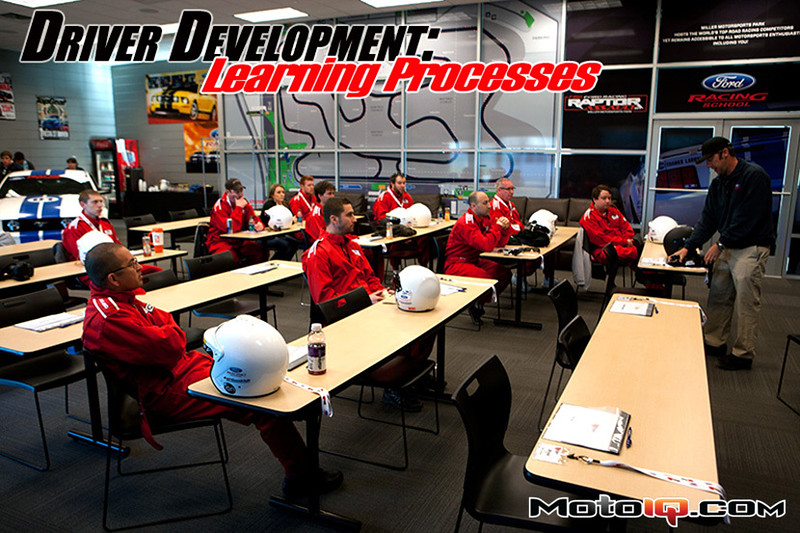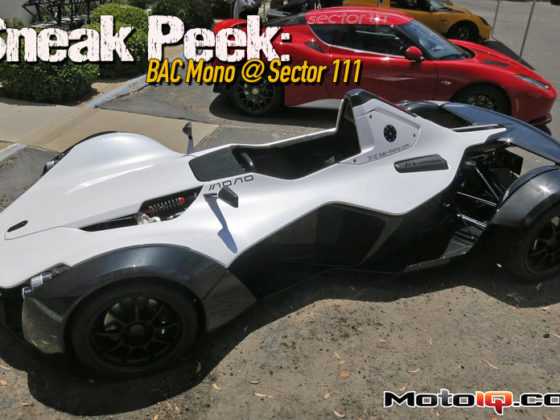
Another example is the world renowned Gran Turismo video game. With over 10 million units sold per release, it is the most successful driving game in history. While it’s not quite up to the level of a ‘simulator’, due to the improperly scaled tracks and (albeit advanced) videogame physics, GT has made significant strides in their vehicle dynamics software, track scaling, and realism with each release. GT can easily be considered the greatest video game-simulator crossover of all time. Nissan has even partnered with Gran Turismo to form the “Nissan GT Academy” which is a global driver discovery and development program aimed to promote the best gamers into professional racecar drivers.

As simulators become more advanced in both software and hardware (steering wheel, pedals, motion, etc…) working on driving technique and racecraft becomes more realistic and beneficial. 10 years ago, my teammate in Formula BMW played various simulators like R-Factor, and the constant seat time has no doubt helped him learn tracks, cars, and refine his driving as his career took him to race on various tracks in the US and overseas. Today a widely popular simulator “iRacing” is the gold standard for affordable simulators that use proper scanned racetracks, and good car and tire models to give the average Joe a realistic platform that is better than anything short of world-class motion simulators owned by automotive manufacturers and Formula 1 race teams.

Simulators still have a certain degree of disconnect from driving a real car and there’s a certain approach that needs to be taken in the way you drive a simulator. I would relate it to building up to the limit as the “Under developed Car Control” driver as I described does in the first Driver Development article. Without the feel of the car and depending on the car and tire model, most simulators need to be driven up to the limit and not quite teetering at the limit since the break-away characteristics (and large bumps like apex curbing) are hard to model, and the feeling of balancing a car at that limit happens with a lot of subtle physical cues that a stationary and even most motion simulators simply can’t give. With seat time this becomes second nature like anything else but while I was learning how to approach it, I spun the simulator more in a day than I probably have in my entire life in a real car.

But I digress. iRacing was hugely beneficial for me when preparing for my debut NASCAR Nationwide race since it allowed me to practice different lines and the little nuances of driving on an oval (which if you haven’t done before, it’s a lot harder than just driving in a circle). I have the upmost respect for oval drivers because most road racers (myself included) have no idea what it takes to drive a car fast on an oval. After feeling confident with my oval lapping I wanted to work on my racecraft, so I entered an open test in iRacing and promptly got schooled by almost everyone in that test session.




3 comments
What is ur takes on karting to cars? Is practicing karts help racing cars? And what are the skills transferred from karts to cars.
Karting is excellent for racecraft and seat time. However, Karts don’t have suspension, and the dynamics of a car moving around on springs and dampers bring a lot of complexity that Kart’s don’t really help prepare for. Most professional drivers started in Karts and moved into Formula style cars, which is a more natural transition than from say, Karts into sedan racing.
Overall, it’s very helpful (especially racecraft) but not a necessity.
Great article Billy! Your support of motorsports at the amature/hobbiest level is much appreciated. Ive been watching my own videos recently and am picking up things I never realized, mostly a lack of consistency in braking. Understanding that all the aspects of driving the car are interdependant, I am nonetheless trying to prioritize the things that need correction. It seems I would gain more speed focusing on corner exit and thus entry and braking prior to the turn. Am I correct in working backwards? Your thoughts are appreciated and thanks again!